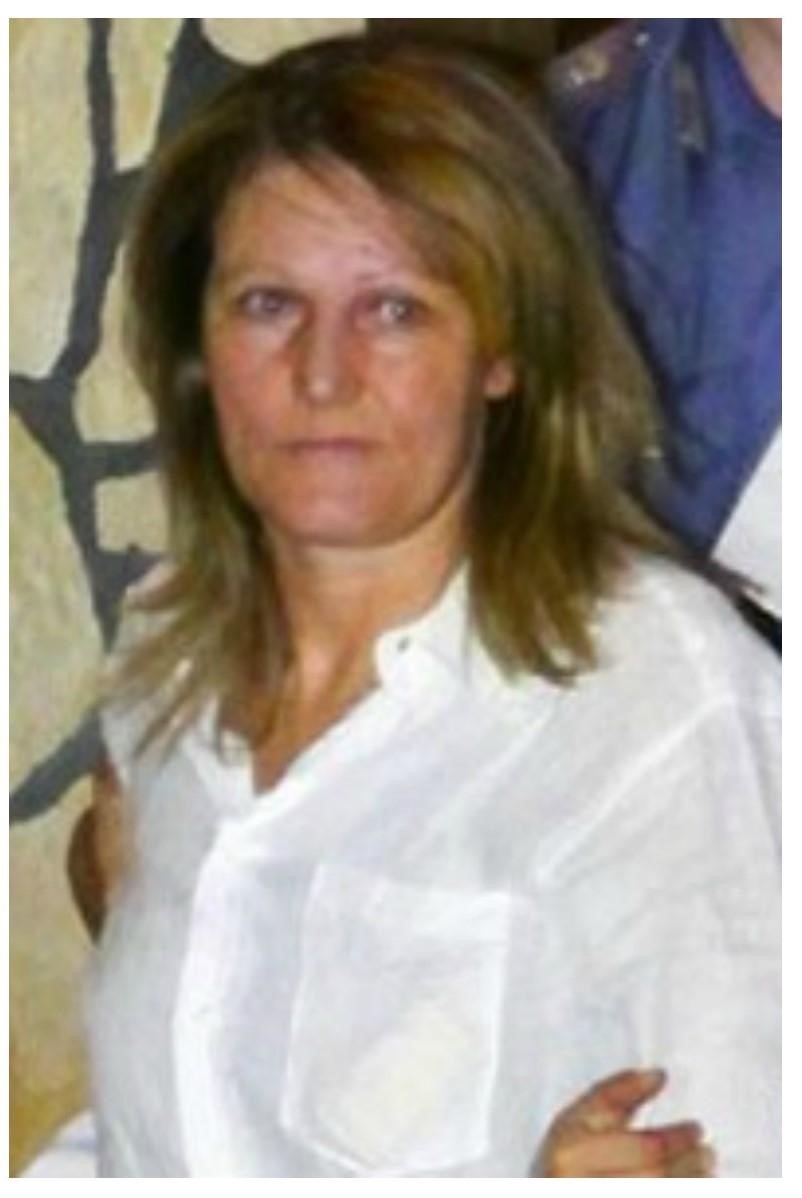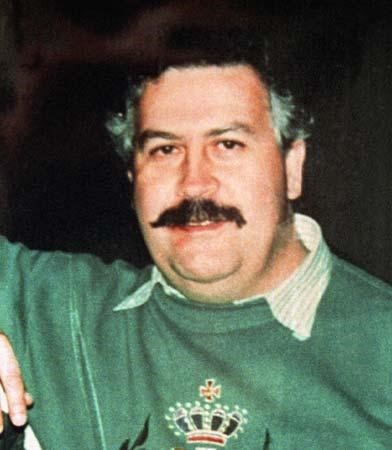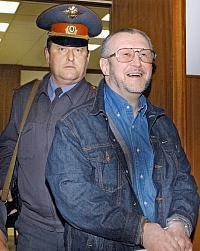With a population of 6.1 million today, Sierra Leone lost an estimated 100,000 to 200,000 people in an armed conflict that raged between 1991 and 2002. Another two million were displaced and took shelter mainly in Guinea and Liberia. The conflict received a lot of international attention because of the use of child soldiers, systematic mutilation, and the use of so-called "blood diamonds" to finance armed groups. Diamonds mined in rebel-controlled areas in a number of West African countries, including Sierra Leone, Côte d'Ivoire and Liberia, reached the international diamond market. It was roughly estimated that conflict diamonds could amount to as high as 15% of the total trade.
In response to the large-scale trade in diamonds, the Kimberley Process (initiated in 2000 by UN resolution A/RES/55/56) was initiated by the United Nations to address the illicit trade in diamonds originating in conflict areas. Working closely with diamonds producing companies and other legitimate actors in the industry, the United Nations came up with a system to certify the origin of rough diamonds. Although the certification scheme encountered a number of challenges, such as corruption, the illicit trade in diamonds was reduced to manageable proportions, illustrating how strategic measures designed to tackle the entire transnational market can be more effective than armed interventions at the national level.

Raffaella D'Alterio, nicknamed "a miciona," or "the big female kitten" in Italian, may not fit the typical description of a mob boss (being a she). Nonetheless, for over a decade, she ran an organized criminal group mainly operating in the area of Naples, Italy that made an estimated profit of more than $100 billion per year. Daughter of a Mafia boss, Raffaella took over the group when her husband, Nicola Pianese, was arrested in 2002 and after his release, they started a bloody feud over control of the criminal group. The family war ended when Raffaella allegedly arranged to have her husband killed. In the six years that followed, she successfully led the group through violence, intimidations and extortions, survived a homicide attempt from a rival clan and profited from trafficking in drugs, counterfeit goods and robberies, among other crimes. In 2012, the Italian Carabinieri arrested her together with other 65 members of the group and confiscated property valued over $10 million, including a Ferrari with a solid golden plate. The court brought over 70 criminal counts against them, including of criminal association, extortion, drug trafficking and illicit arms possession.

Pablo Escobar, a Colombian drug trafficker, used to control over 80 % of the cocaine shipped to the United States in the 1980s and 1990s, earning him the rank of one of Forbes Magazine's 10 wealthiest people in the world. Escobar grew up in a modest family and is thought to have begun his criminal career as a teenager. His early illegal activities included smuggling stereo equipment and stealing tombstones to resell. He entered the cocaine trade in the early 1970s, collaborating with other criminals to form the Medellin Cartel. As the cocaine industry expanded in Colombia, Escobar became involved in drug smuggling, embracing the growing demand for cocaine in the United States. In the backdrop of the armed conflict in Colombia, Escobar funded various projects to aid the poor, earning him comparisons to Robin Hood. Not least due to his generous community contributions, Escobar won the election to an alternate seat in the country's Congress in 1982.

Vyacheslav Ivankov was raised in a poor section of Moscow, Russia. By the time he was 15 years old, he was a street brawler known for his violent behaviour. His "toughness" brought him to the attention of known gangsters who taught Ivankov to carry out more sophisticated extortion schemes against businesses. Once caught and imprisoned, his reputation and connections in the criminal world expanded further, and he became involved with criminals at an international level. He was "crowned" as thief-in-law. Information available indicated that upon arrival into the United States from Russia in the mid-1990s, Ivankov operated in both the United States and Canada, deriving income from a number of sources, including extortion, tax fraud, scams, and other criminal activities. In July 1996, Ivankov was convicted by a jury after a trial held at the United States District Court, Eastern District of New York in Brooklyn. In January 1997, he was sentenced to a term of incarceration of nine years and eight months. Upon his release in 2004, he was deported to Russia, where he was shot dead while leaving a restaurant on Khoroshevskoye Road in Moscow in 2009.
Project Flatlined involved a 10-month investigation beginning in May 2011 into the criminal activities of members of the Manitoba chapter of the Hells Angels Motorcycle Club and the Redlined Support Crew. The Redlined Support Crew was a subsidiary group of the Hells Angels in Manitoba formed to provide "street-level enforcement" for the Hells Angels in a dispute with Rock Machine, another motorcycle gang, over territory for drug trafficking in Manitoba. The dispute had been ongoing since early 2010. The two warring gangs had been involved in a number of violent conflicts, including drive-by shootings, firebombings and physical assaults.
Project Flatlined ultimately led to the arrest of 25 members of the Hells Angels, Redlined and associates of these clubs, with charges being laid against 16 people. At least nine of these 16 people were convicted. Information about the criminal proceedings against the other seven people was not available at the time of writing. In relation to some of the people who were arrested but not charged with criminal offences, sureties of the peace were successfully obtained. Surety of the peace, or peace bond, is a formal commitment, promise or contract an individual gives to a court of law to keep the peace for a specified period of time.
The organized criminal group in this case was involved in trafficking between one and two kilograms of cocaine every month between May 2011 and February 2012 in Winnipeg, primarily in Elmwood. A court heard that the operation generated more than CAD 100,000 every month. During the period of the group's operation, the group's dealers were receiving more than 500 phone calls per day on dedicated cell phones used for their illegal activities. A judge later described the organization as "well organized, well equipped, well financed and highly profitable."
The criminal group was led by Mr. Dale Jason Sweeney, who bought the cocaine from suppliers in British Columbia. He then gave the cocaine to members of the Redlined Support Crew who turned it into crack cocaine and sold it in small quantities to users on the street. This was performed at two properties in Winnipeg. The Hells Angels and the Redlined Support Crew met weekly to exchange profits from their operations.
Regional perspective: Pacific Islands RegionCase Study 4 (Internet Bank Fraud in Fiji)In 2013, Rajneel Vishal Chaudary was a 27-year-old student completing his Bachelor of Commerce at the University of South Pacific in Suva. Together with his high school friend Manjeet Singh, he used internet banking to transfer funds from various bank accounts to his own and to a girlfriend's account, without her consent nor the consent of the other lawful account holders involved. Mr. Chaudary was charged with three counts of money laundering and plead guilty at the beginning of the trial in March 2017. He was convicted to eight years of imprisonment with a non-parole period of six years. In mid-2018, the High Court of Fiji granted appeal on grounds related to the amendments of charges and subsequently wrong conviction. A retrial has been ordered. Case-related files
Significant feature
Discussion questionsRead the following extract of the first instance's sentence and analyze the judge's reasoning according the theories presented in this module: 21. During the hearing it was shown that this was the first internet bank fraud in this country. (…) Wider implications of your offending to the society cannot be ignored by this court. This has not only compromised the security of banks but also the confidence of the general public to the financial institutions. Even though the victims were restituted by the bank, it has to suffer substantial loss because of your action. Being a USP student who is completing the Bachelor of Commerce you had a bright future, but it appears that you used your knowledge to this criminal enterprise. [emphasis added] Hence the sentence passed on this case would need to reflect the disapproval of your behavior as well as to deter people from committing these offences in future. Case Study 5 (Bribery of Public Officials; Corruption in Government Contract)Feroz Jan Mohammed was the owner of the construction company TF Jan Bulldozing Company Limited. In 2008, his company was awarded the contract to upgrade the roads in the remote area of Nausori Highlands, Fiji. The contract was under the supervision of the Department of National Roads (DNR), later renamed Fiji Roads Authority. Through the involvement of three corrupt government officials within the DNR, and by submitting false invoices and circumventing the proper procedures of payment, Mr. Mohammed received money that his company was not entitled to from the Government of Fiji. The trial proved the company made 14 bogus claims. The scam amounted to 3.13 million dollars. In 2015, Mr. Mohammed was convicted on several charges of bribery of public official, obtaining a financial advantage without justification, and perverting the cause of justice. He was sentenced to eight years of imprisonment with a non‑parole period of five years. The public employees also faced related charges and were sentenced to imprisonment. Case-related filesSignificant feature
Discussion questionsRead the following extract of the sentence and analyze the judge's reasoning according the theories presented in this module: 39. Mr. Jan, you have been convicted of three crimes of dishonesty. The bribery and the obtaining of $3m of unwarranted monies are crimes against the Fijian people who have for years been crying out to have their roads repaired. As soon as that wish was granted you went to great lengths by using your staff and others to syphon off the money allocated for those roads . I find it difficult to reconcile the fact that many of your children have said in their letters how kind and generous you are to your wider family and to the poor people of your District, to reconcile that with your determination to obtain for your companies the monies allocated to make the lives of all people in the interior easier. But obviously your greed blinded you to the needs of others . [emphasis added] Not only did you use your staff to forge documents, and to make deliveries of bribery cash, you compromised the integrity of an old school friend, Vaseva, in an attempt to conceal the fact that you were delivering money to Iliesa. How can your children say you are a kind and caring man when you involve people who would call you a friend in such a cynical operation? Case Study 6 (Corruption of Members of the Parliament of Vanuatu)On October 22, 2015, the Vanuatu Supreme Court sentenced 14 sitting members of the Parliament of Vanuatu (MPs), including Deputy Prime Minister Moana Carcasses Kalosil and the Speaker of Parliament Marcellino Pipite, to terms of imprisonment following a conviction on bribery and corruption charges. Mr. Carcasses Kalosil - who was found guilty of 18 counts of corruption related to his paying bribes to 14 MPs - received four years of imprisonment. Thirteen of the bribe recipients were each sentenced to three years in prison; the fourteenth MP received a 20-month suspended sentence for pleading guilty when the trial began. All convicted were dismissed from office, disqualified from standing for election or being appointed a leader of any kind for a period of 10 years. The payments had taken place in 2014 and amounted to 35 million vatu (about US$316,000). All the MPs involved were in the opposition party at the time. The payments were made by Mr. Carcasses Kalosil to secure the votes to oust the then-prime minister through a no-confidence motion, which succeeded on a second attempt. The party of Mr. Carcasses Kalosil then came to power, with those involved in the scheme receiving high positions in the new government. Additionally, after their conviction for bribery and corruption, eleven MPs including Mr. Pipite, where charged in November 2015 with conspiracy to defeat the course of justice. Briefly, these charges related to the presidential pardon that Mr. Pipite, as Acting President while President Baldwin Lonsdale was abroad, passed in respect to the offenses they had been convicted in October. Upon return from his trip, the President revoked the pardon. The legal validity and effectiveness of the instrument of revocation were constitutionally contested. The primary judge held that the pardon was ineffective and the revocation valid; the Court of Appeal in Vohor v. President of the Republic of Vanuatu [2015] upheld the decision. The MPs were convicted and sentenced on September 29, 2016 to terms of imprisonment between two and four years cumulative upon the sentences imposed in October 2015. However, in April 2017 the Court of Appeal quashed the conspiracy convictions on grounds that they had been tried as a group rather than as individuals. The ruling left to the Public Prosecutor the decision whether to seek retrial, which he did. The final result did not change, as convictions also followed the second trial. Case-related files
Significant feature
Discussion questions
|
Regional perspective: Eastern and Southern AfricaCase Study 7 (Attorney's Trust Account & Money Laundering - South Africa)Juan Hattingh was a young practicing attorney and conveyancer with a portfolio of high-profile clients that included four important South African banks, namely, ABSA, Standard Bank, First National Bank, and Nedbank. Apart from his firm, Hattingh Attorneys, of which he was the sole proprietor, he also held interests in other local firms of attorneys. As his practice flourished, he ventured into other enterprises such as property development and construction. In 2011, he pleaded guilty to a sophisticated scheme of fraud, theft, and money laundering in which he utilized his professional attorney’s trust account for criminal purposes. The scheme included the registration of properties acquired by Hattingh under the names of friends and relatives, double-bonded properties, and the use of his trust account as a deposit for the stolen funds. As Hamman and Koen (2012) described in their article, “he had operated his trust account as a vehicle through which to launder the proceeds of his unlawful activities”. Hattingh was convicted of 64 counts of fraud, one count of theft and one count of money laundering. He received an effective term of 20 years imprisonment for the charges of fraud and theft, and a suspended sentence of 8 years' imprisonment for the charge of money laundering. Also, the Law Society successfully applied to have his name struck off the roll of practicing attorneys. On appeal against the sentences imposed on him in respect of the fraud charges, he contested the Trial Court had sentenced him beyond the scope of his guilty plea and had overlooked mitigating factors. The Supreme Court of Appeal agreed with him and reduced his sentence to 12 years imprisonment for the charge of fraud. Case-related files
References
Significant features
Discussion questions
[12] The crimes committed by the appellant are undoubtedly serious. And, it is sad to say, they are also prevalent. He was an attorney from whom the highest standards of propriety, honour and impeccable integrity were expected. He used his practice as an attorney to perpetrate fraud, theft and money laundering thus manifesting conduct that is anathema to the practice of an attorney. He deliberately subverted all the controls that the banks expected him to uphold. His malpractices were premeditated, carefully planned and executed and persisted in over four years. He betrayed the trust that his clients and those who dealt with him reposed in him. He engineered a deceitful scheme to conceal what he was about in his practice and thereby debased his profession. He employed the trust account of his practice to give legitimacy to the disbursements effected through it, indifferent to the enormous risks that exacerbated the banks’ exposure. |